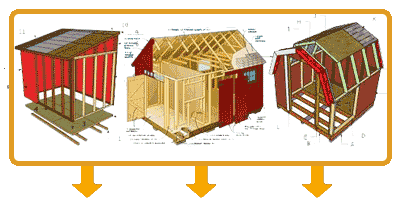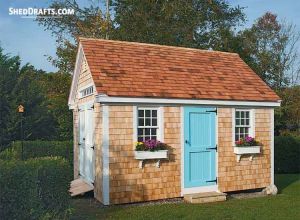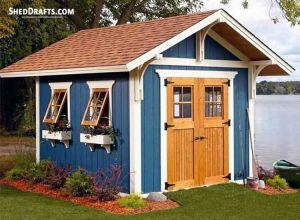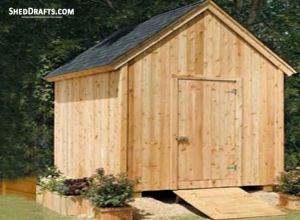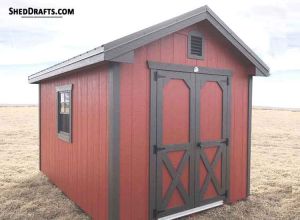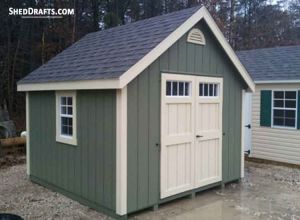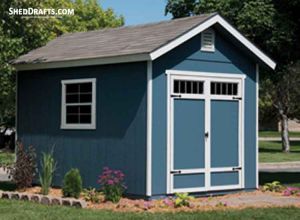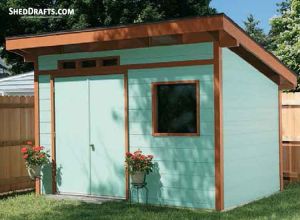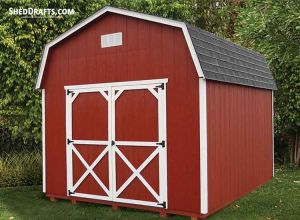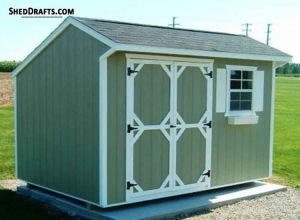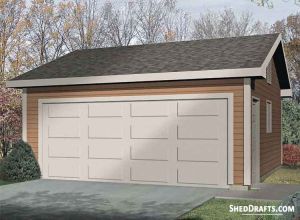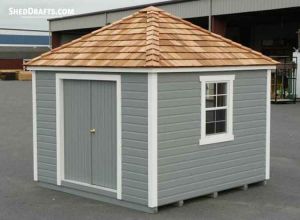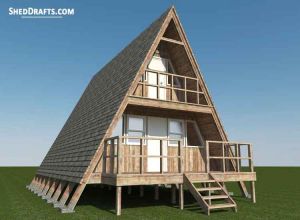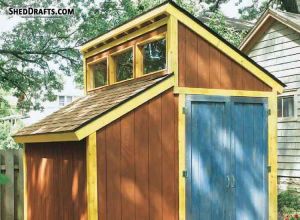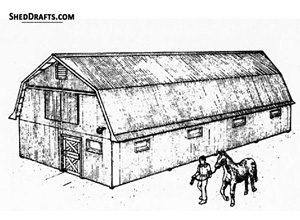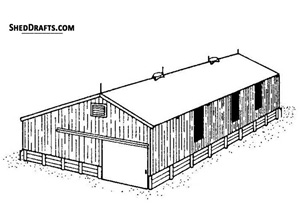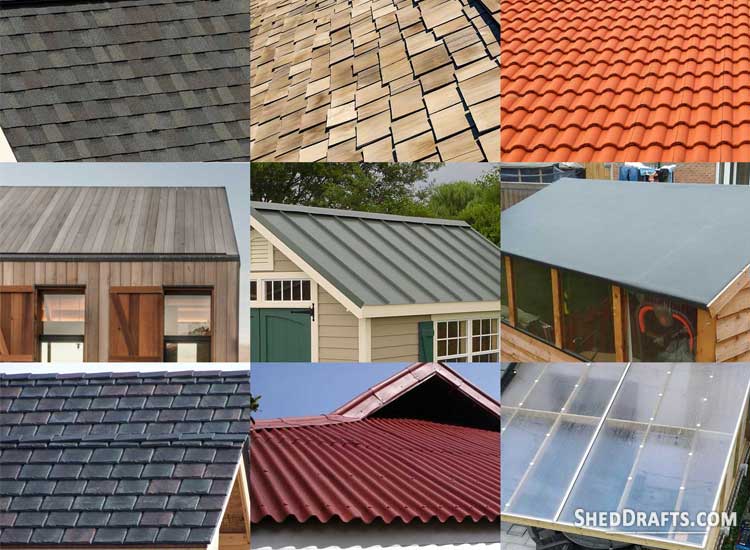
A shed’s roof protects its contents from the weather. It is the most important part of your shed. So, it is critical to pick the right building material while installing the roof.
As many roofing options are available, you must understand which material may be most suited for your particular needs.
Let us look at the most popular roofing options that are widely used by shed builders.
Top Material Options For Crafting Shed Roofs
Roofing materials can be broadly classified into rolls, sheets, and shingles.
Rolls and sheets are easier to install, whereas shingles are more beautiful in appearance.
Let us look at each individual option in detail now.
Asphalt Or Bitumen Shingles
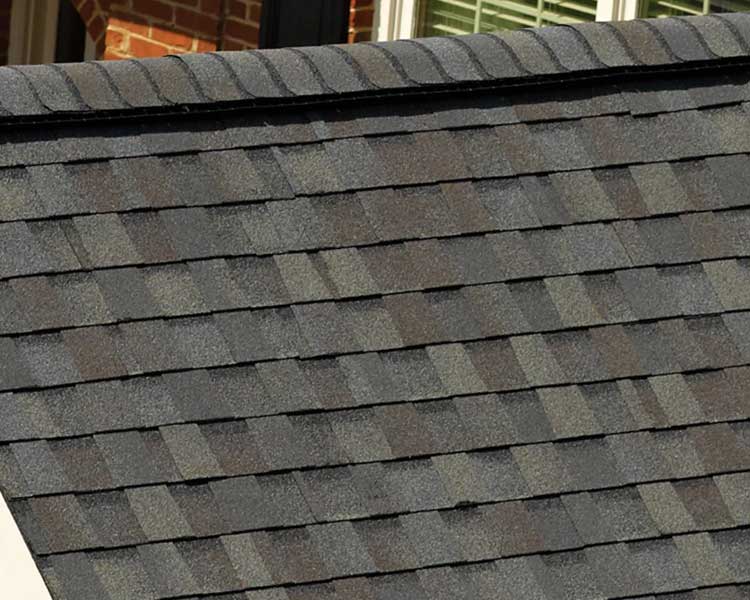
Asphalt shingles are one of the most popular roofing materials. They are easy to install with nails and inexpensive to purchase.
They are also known as bitumen tiles, as asphalt is made by combining a petroleum product called Bitumen with other aggregates.
These shingles can be installed on any roof with a slope greater than 10 degrees or 2/12 pitch.
They are available in the form of lightweight 3-tab shingles or heavier architectural shingles.
Both types provide excellent waterproofing, but architectural shingles last longer and cost more than 3-tab ones.
Pros
- Easy Installation
- Durable For 20+ years
- Low Cost
Cons
- Doesn’t reflect heat well
- Unsuitable for low-pitched roofs
Wood Shingles
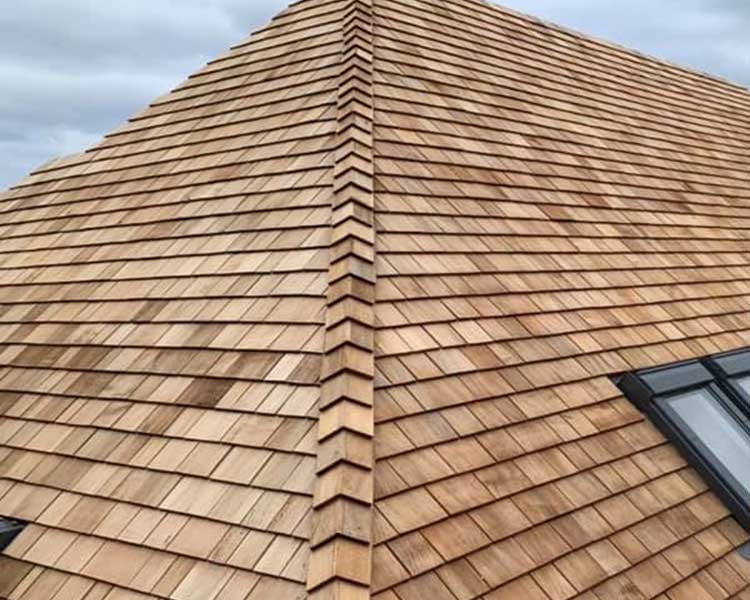
Wooden shingles can make your roof look beautiful and rustic. They are made of natural wood like cedar, so you will need to stain and clean them frequently to maintain their durability.
They are suitable for roofs with pitches greater than 4/12 or 18 degrees.
These shingles are available in three qualities: straight grain, select, and common.
Straight grain is the highest and costliest grade, with uniform and straight grain patterns that are hand-picked.
Select grade contains some uniform grain and some non-straight grains.
Common is the lowest grade that contains pieces with imperfect grain and blemishes.
Cedar shingles are harder to install compared to asphalt and will usually need a professional contractor.
Pros
- 100% Natural
- Lovely appearance
- Lasts over 15+ years
- Heat insulation
Cons
- Frequent maintenance needed
- Harder to install
- Not waterproof
- Expensive
Wood Shakes
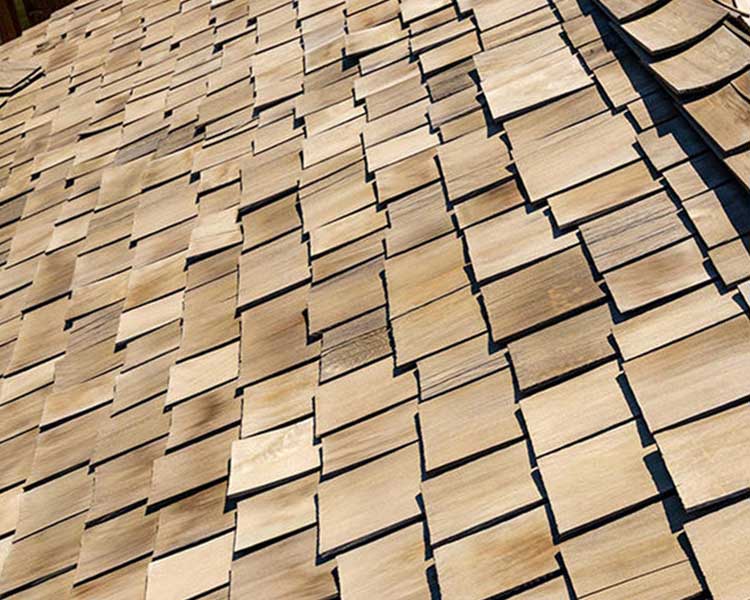
Wood shakes can be a very lovely option for a shed roof. Unlike shingles that are machine cut, shakes are cut by hand.
This gives shakes a rough and uneven appearance, which makes each piece unique and adds to their charm.
Shakes are usually thicker than shingles. They are less weather-resistant than shingles, as the edges of shakes are not perfectly straight and don’t align together.
Redwood, cypress, oak, and cedar are commonly used for making shakes that can last well over 20 years.
Pros
- Increased property value
- Heat reflection
- Unique vintage look
Cons
- Long installation time
- Not waterproof
- Requires frequent maintenance
- Can be expensive
Stone Coated Metal Shingles
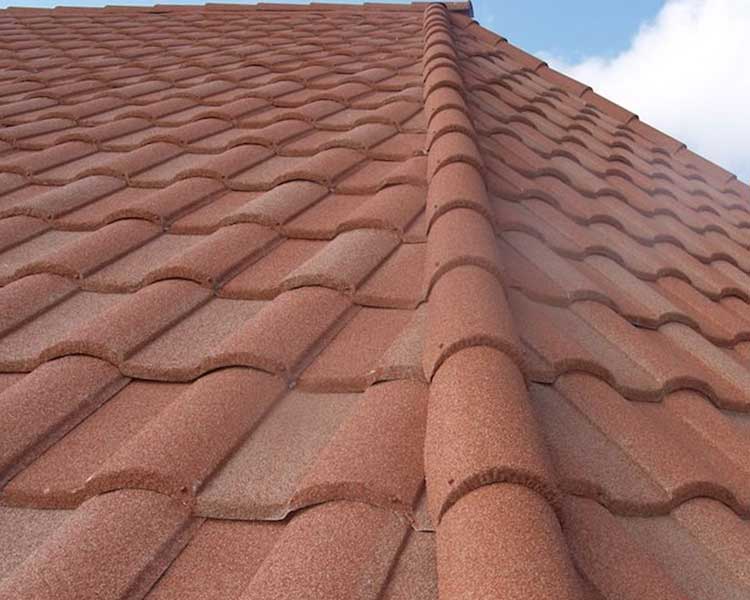
Metal shingles look similar to traditional shingles but provide the durability of metal panels. This combines the best of two worlds and makes them both attractive and long-lasting.
These shingles can last anywhere from 30 to 70 years and require much less maintenance than asphalt or wooden shingles.
Stone-coated metal shingles come in beautiful designs and shapes that are costlier but add even more beauty to your roof. After about 20 years, the shingle can start fading due to constant weather exposure.
Pros
- Excellent lifespan of over 70+ years
- Attractive appearance
- Reflects heat
Cons
- Costly
- Unsuitable for tropical climate
- Complex installation
Rubber Shingles

Rubber shingles made from recycled tires are a relatively modern invention that has quickly gained popularity among roofers.
These cost-effective shingles are resistant to impact, UV light, water, and fire and can have warranties as long as 50 years.
The installation process is similar to that of asphalt shingles, and they are suitable for all roofs with pitches over 3/12.
If any part of the roof develops a leak, it can be quickly fixed with a sealant.
Pros
- Simple installation
- Highly durable
- Quick repair and maintenance
- Affordable
Cons
- Can be blown away by high winds
- Has a rubbery odor initially
Board-and-Batten Roofing
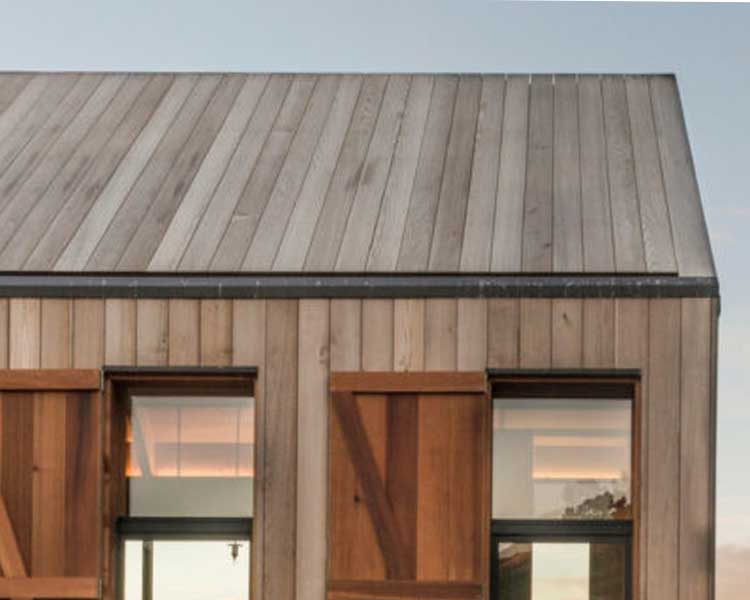
If you want to give your shed a distinguished vintage look, then board-and-batten can be the best choice.
In this layout, solid timber boards made of redwood or cedar are used to cover the roof vertically. Thin strips, called battens, are used to cover the gaps between the boards.
The boards are usually an inch thick, and battens are 3 inches wide. Boards can be of any width from 6 to 10 inches, based on your preference.
Board-and-batten covering is only suitable for high-pitched roofs. It is not waterproof or UV-resistant.
This roof will need to be cleaned frequently to take out dead leaves that can cause water damage.
Pros
- Looks Beautiful
- Choice of Different Board Styles
- Durable for 20+ years
Cons
- Needs regular maintenance
- Complex Installation
- Can Be Costly
Cons
- Heavy
- Can get smashed
- Looks get dulled with weathering
Clay Roof Tiles
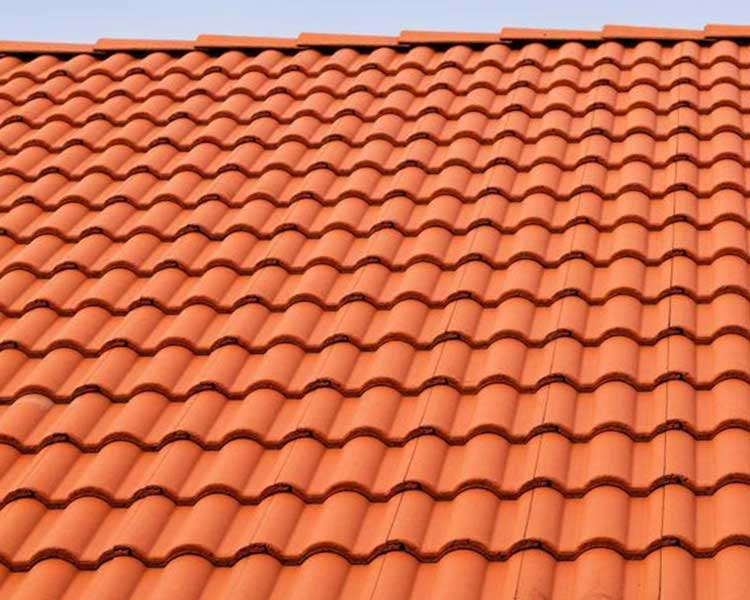
Clay tiles can make your humble shed look like a vintage villa. They have been used for centuries in architecture to build durable and lovely roofs.
These tiles are available in various styles like spanish, scandia, french, barrel, pantile, etc, and in shades of colors like red, brown, terra cotta, and orange.
Moisture can penetrate through clay tiles, so it is best to use them on steeply pitched roofs where the water or snow will run off quickly.
You will also need to install an underlayment that is waterproof before installing the tiles.
Although uncommon and sometimes expensive, clay tiles are one of the longest-lasting materials, with some roofs lasting over a century.
This material is completely rot and moss-resistant.
Pros
- Gorgeous looks
- Durable for 70+ years
- 100% Natural
- Rot-resistant
Cons
- Costly
- Not impact resistant
- Heavy
- Difficult installation
- Needs waterproof underlayment
Concrete Roof Tiles
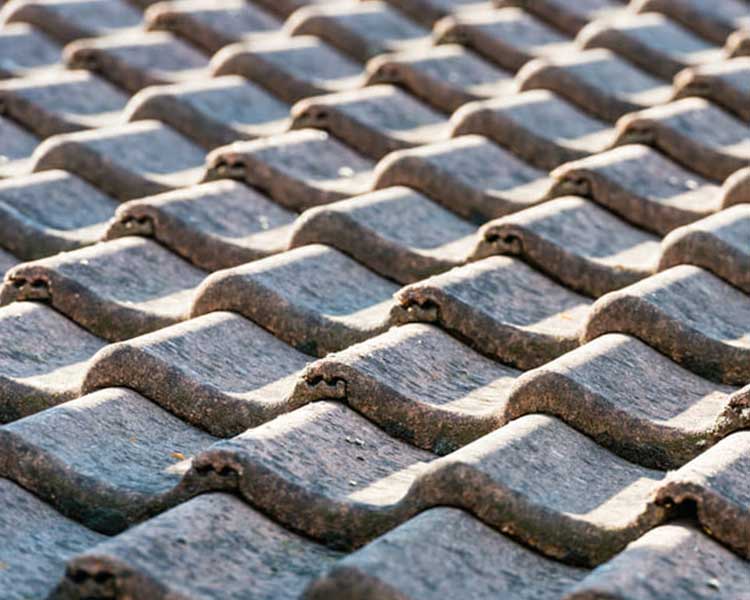
Similar to clay tiles, concrete tiles have been used in roofing for a long time. They are so durable that some high-quality tiles have been known to last over 70 years.
Concrete tiles are available in various colors and textures that can replicate the looks of various classic roof styles. Quality concrete tiles with beautiful designs can be expensive though.
They require very little maintenance and are naturally fire-resistant. These tiles are, however, heavy and can easily get smashed if dropped.
Also, paints applied on concrete tiles usually weather off and become dull after a period of time.
Pros
- Fire Resistant
- High durability
- Beautiful style selections
- Low maintenance
Cons
- Heavy
- Can get smashed
- Looks get dulled with weathering
Corrugated Metal Panels

With an average lifespan of 50+ years, corrugated metal panels are one of the most durable roofing materials.
Corrugated panels are designed with deep troughs that help water to run off the roof quickly. They are also coated with special materials to increase their lifespan.
Panels come in lengths of 8-10 feet and can be custom-ordered to size. They are available in various gauges. As the gauge number increases, the thickness and cost of the panel rises.
Steel and aluminum are the most cost-effective and popularly used metal panels.
Metal panels can also be installed on lower-pitched roofs as they are highly weather-resistant.
Pros
- Highly durable and waterproof
- Aluminum panels are inexpensive
- Can be used on low-pitch roofs
Cons
- Complex installation
- Not attractive
- Heavier compared to other materials
Bitumen Or Asphalt Sheets
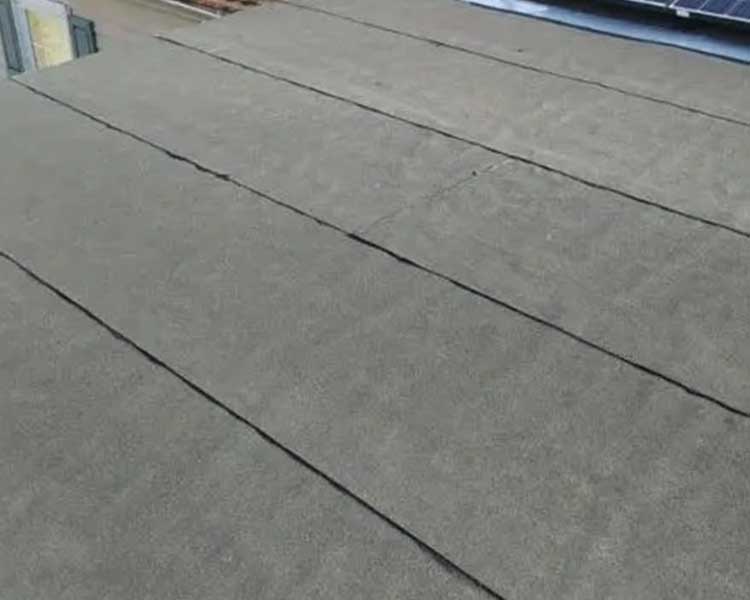
Bitumen roofing sheets are popularly used in garden shed roofing because of their relatively low cost.
Bitumen is essentially coal tar or asphalt made by mixing several viscous and sticky organic liquids.
These sheets are highly waterproof and suitable for even roofs with pitches as low as 1/12 because they don’t leave any seams after installation.
They are durable for 20+ years and easy to install.
Pros
- Low cost
- Weather resistant
- Quick installation
- Low maintenance
Cons
- Needs correct installation for durability
- Black color absorbs heat
Onduline (Corrugated Asphalt Sheets)
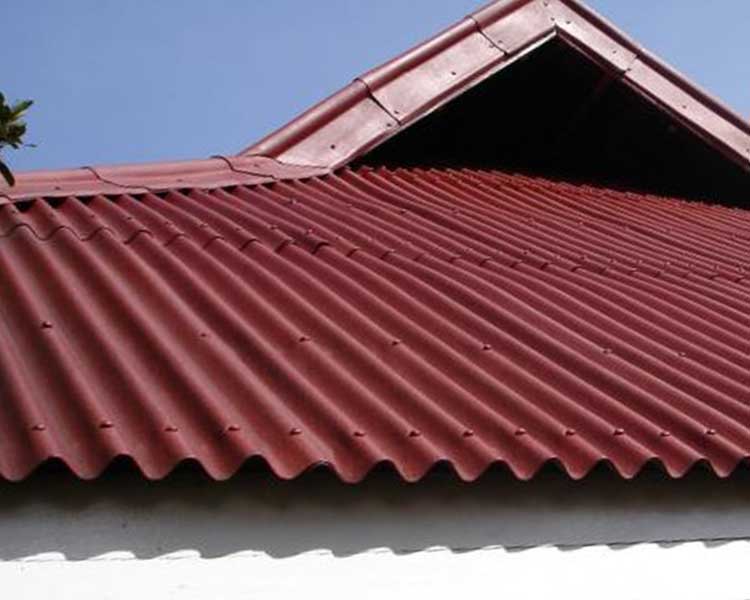
Onduline or corrugated bitumen sheets are highly durable and aesthetic. They are lighter than steel but just as durable and easier to install.
Onduline allows water to slide away faster compared to regular flat bitumen sheets and so is more water resistant. It is also wind and heat-resistant.
It can be used on roofs with pitches as low as 10 degrees.
Pros
- High durability
- Lightweight
- Soundproof
- Low cost
Cons
- Needs correct installation for durability
- Flammable
- Not rot resistant
Polycarbonate Sheets
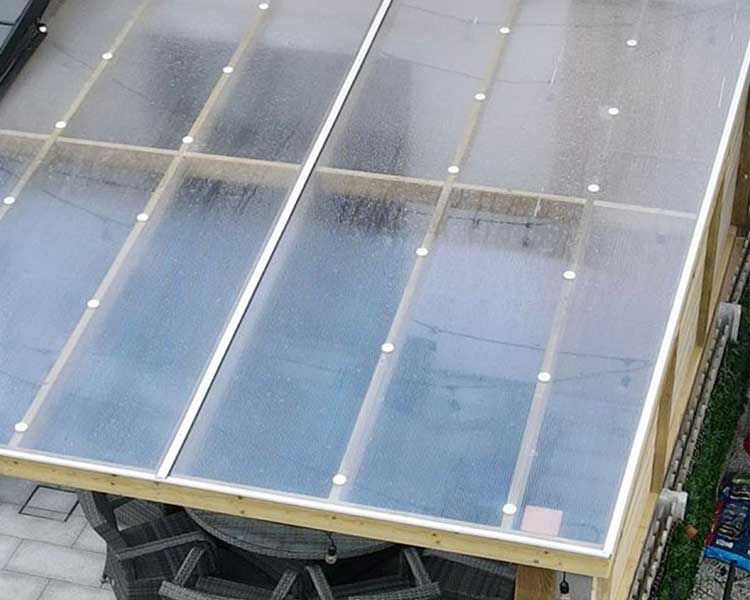
Polycarbonate is a low-cost, plastic-based roofing material that is transparent or translucent. It is really sturdy, flexible, and easily withstands harsh weather and extreme temperatures.
Originally, they were only used in greenhouses. Now, they have evolved for many roofing applications and are available in various colors and sizes.
The panels are usually 26 inches wide and come in lengths ranging from 6 feet to 12 feet.
Polycarbonate panels can be installed on roofs with pitches as low as 1/12 or 5 degrees.
They do have a few drawbacks, like their medium durability of 10-20 years. These panels are also prone to surface wear, discoloration, and scratching.
Strips and fasteners are needed for their installation, so they are not ideal for amateur builders.
Pros
- Easy Installation
- Blocks UV and allows natural light
- Low cost
- Heat resistant
Cons
- Can get scratched, dented, or discolored
- Special fasteners needed
- Lower durability
Asphalt Roofing Felt
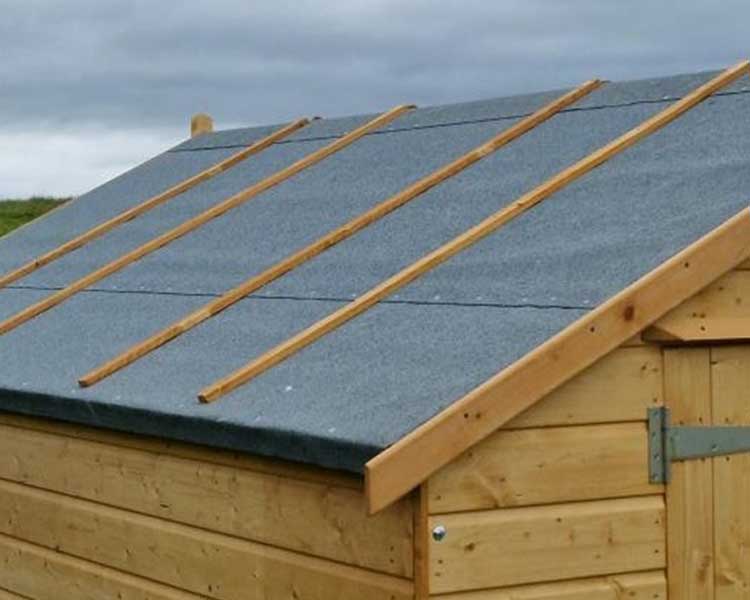
Asphalt roofing felt is a layer of felt that is coated on both sides with asphalt and granules. It is different from the felt that is used as an underlayment before installing shingles.
Installing asphalt felt is quite easy. You just have to unroll the roll of felt and stick it to the roof with an adhesive or a blow torch.
In colder climates, torching is more suitable for installing the roofing, and in warmer climates, applying adhesive is cheaper.
This roll roofing material is perfect for flat and low-pitched roofs and has a durability of around 15 years if applied correctly.
Asphalt felt is impact-resistant, but sunlight and weather can erode the outer layer of the felt eventually.
Pros
- Ideal for flat roofs
- Impact resistant
- Simple installation
- Low cost
Cons
- Heat absorbent
- Not beautiful
- Lower lifespan
EPDM Rubber Membrane
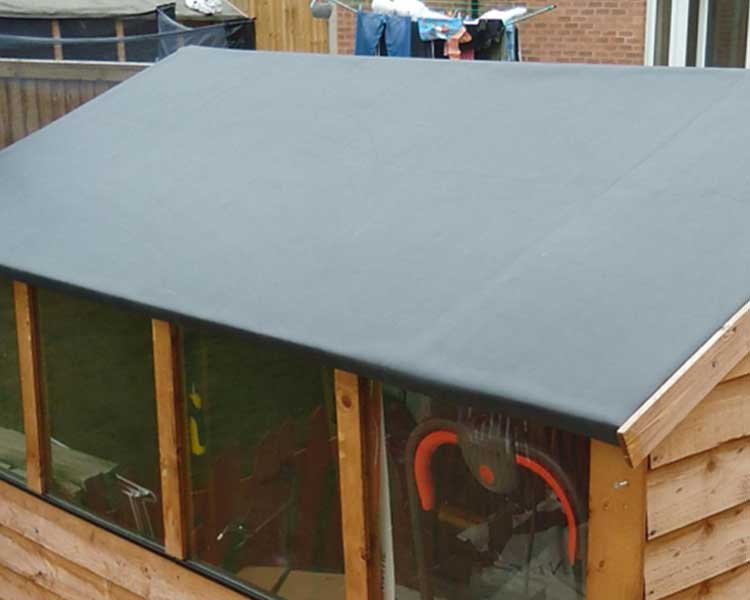
EPDM rubber membrane is a low-cost roll roofing material crafted from recycled rubber. It is especially suitable for flat or low-angled roofs.
Installation is quite simple as all you need to do is apply an adhesive and unroll the sheet onto it. Latex tapes can be used to cover any open seams to prevent water leakage.
EPDM can absorb sunlight and get heated up due to its dark color. Lighter-colored sheets are available but are usually more expensive.
Rubber membranes are only a few millimeters thick and can easily puncture on impact. So, this material won’t withstand any branches or hailstones falling on the roof.
EPDM is highly durable when installed correctly and can last up to 30 years.
Pros
- High Durability
- Low Cost
- Suitable for low-pitched roofs
- Weighs Less
Cons
- Damages on Impact
- Unattractive
- Available in only a few colors
- Needs precise installation
Choose The Right Material For Your Shed’s Roof Type
There are 7 major factors to consider when picking a roofing option.
Price
While considering the cost of a roofing option, it is important to consider both the initial price of buying the material as well as its lifespan and cost of maintenance.
Materials like polycarbonate and online may be more expensive to purchase initially, but in the long run, they are much more durable than lower-cost options like felt.
Durability / Warranty
A regular shed’s lifespan is about 15-25 years. Ideally, you should be able to just install the roof once and never worry about it again.
However, roofing materials vary in their durability and warranties. They may chip off, wear out, develop cracks, or even get blown off in strong winds after a few years of installation.
What kind of weather you have in your area will decide which is the best material for you and how much waterproofing will be needed.
Waterproofing
The main purpose of your roof is to keep water from entering your shed. The most common entry points for water are nail holes and seams.
If you live in areas with heavy rainfall or snow. It becomes vital to use a material that completely covers seams by overlaps and doesn’t crack over time.
Appearance
If you live in a remote place, your shed’s appearance may not matter much. But most shed owners have neighbors living close by who will judge the look of your shed.
Some homeowners’ associations even have rules about how a shed should look. This makes it important to pick a roof that is both durable and lovely.
A beautiful shed roof is not just a wonderful thing to look at but also adds to the value of your shed and your property.
Maintenance
Some roof materials are high maintenance. Cedar shakes or shingles may be wonderful to look at but may need to be removed every few years to clean moss growth.
They are also likely to rot and develop cracks or splits. You will need to replace some shingles at regular intervals.
A metal roof may not be as beautiful as shingles, but once installed correctly, you will never have to touch it again.
Modern materials like polycarbonate are even more long-lasting than metal.
Ease Of Installation
Time and effort taken for installation should also be noted when picking a roofing option.
If you are picking a low-maintenance option, then the extra time taken for installation may be worth it in the long run.
For amateur builders, it may be best to stick with simple asphalt shingles. Shingles can take a long time to put up, but the process is easier compared to some other options.
Metal roofs and some roll materials may require special fasteners or adhesives, which can be tricky to attach correctly if you are not well experienced.
Roof Pitch
The pitch of your roof is the angle between the peak of your roof and the horizontal plane.
Any roof with a pitch of less than 10 degrees is considered flat.
Roofs with a pitch between 10 and 20 degrees are considered low-pitched.
A roof with a pitch greater than 20 degrees is considered a high-pitch or steep roof.
Steep roofs allow the water and snow to run off quickly and need less waterproofing.
Low-pitched and flat roofs can hold water and snow for long periods and need highly waterproof materials.
Consider these seven important factors together and choose the right roofing solution to fit your individual needs.




